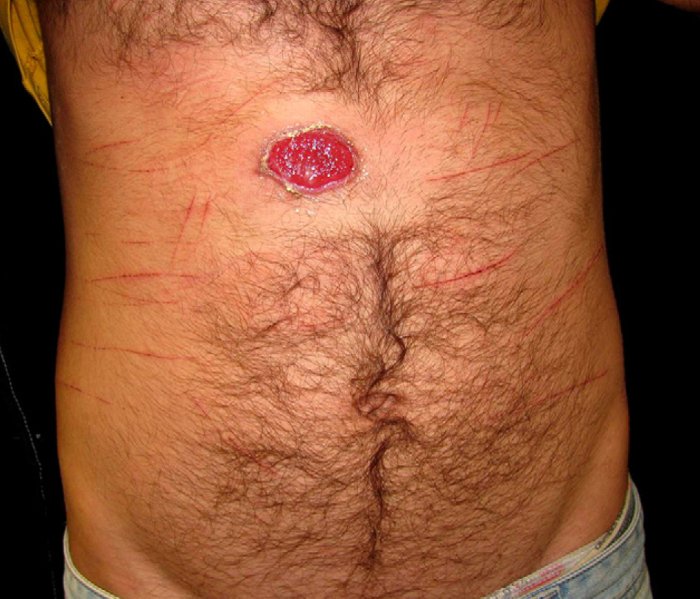How to Identify a Syphilis Chancre

Syphilis is a common sexually transmitted disease that has destroyed many lives in the past. However, syphilis can be successfully treated. It is important to recognize the onset of disease and seek medical advice in order to avoid complications.
The disease can be characterized by skin and mucous membranes, nerve and bone-joint system and internal organs.
Lymphadenopathy, malaise, and the appearance of the rashes may be a sign of syphilis. But in order to determine the disease, we should pay attention to the characteristics of the disease and conduct various laboratory tests.
Instructions
-
1
Syphilis is a dangerous infectious disease caused by Treponema pallidum and is transmitted primarily through sexual contact in the presence of random sexual encounters. In some cases, the disease does not manifest itself and is determined only by laboratory testing of blood for one or other reason. If the disease is not timely identified and treated, it can cause serious damage to the body. So, laboratory test is essential before starting any treatment.
-
2
Examine your body 2-3 weeks after questionable contact if you suspect the disease. In the third week of the incubation period appears the first visible sign. It's called "chancre." If you saw something like a chancre, examine its overall condition. Patients often suffer from headaches, aching bones, insomnia and fever during the initial stage of this disease. One needs to start treatment after seeing the appearance of chancre because it may disappear after a few weeks.
-
3
Determine the location of the chancre. The proximity to the genitals indicates infection sexually. Chancre is formed at the site of primary introduction into the organism Treponema pallidum.
-
4
Do not hesitate and do not self-medicate! Approximately 45 days after the formation of the primary chancre purulent rash appears all over the body, affecting the skin, mucous membranes, eyes and internal organs. In the second stage of syphilis, hair can fall out. It can affect the bones, joints, muscles, nervous system, heart and blood vessels as well.



